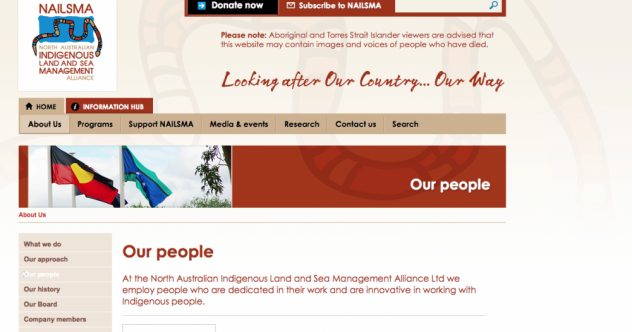
Choosing a web designer is tricky and one of the most important decisions you will make in PR.
Over the past two years, we have been involved in writing web briefs, helping our clients choose web designers, writing content and working alongside designers for six different websites. We have learned a lot.
At the top of our ‘how to choose’ list is bringing together a focus group made up of senior management, your audience, and any others you know use the website regularly either for information, or to look at news stories, or for research purposes. By doing this, and asking people the following questions, you will begin to build a brief that a web designer has to respond to.
Questions:
What do you want people to do when they land on your site?
Will your website be used for online donations, report successes, communicate what you do and the services that people can use? Once you know the answers to these, these form the basis of prioritising how someone using your site will be able to get what they want in the shortest length of time. Our rule of thumb is if you have to click more than two links, you have lost your audience.
Who are your users?
Like many other people who put together briefs, we develop personalities for each type of user. For example, a government officer seeking information about programs and services will probably use the site differently to a donor, who will want to know about fundraising opportunities, how funds are spent, and may simply want a contact name and number. Knowing what information each person needs is vital to preparing a brief.
Content is king and queen
Just as you prepare a brief for the designer, so you should too for your website writer. Writing content for websites is very different to writing for newsletters, annual reports or submissions. Short, pity sentences that are easy to scan are vital. Links, too, are important. And don't think that content is words alone. Pictures, videos, podcasts, infographics, icons and diagrams all make pages easier to read.
The brief should include:
- The main message: why people should donate, take up your services, volunteer
- The tone of how you will communicate: friendly, direct, technical, authoritative
- Type of content: stories, news, blogs, games
- Style guide: how you refer to people, services, the organisation’s name
- Who will look after the content: who will create, update and maintain content, and how often
- How people will find your content: social media, Search Engine, newsletters, links from other websites.
Will it be easy to use on a phone or tablet?
Websites with a responsive design are commonplace these days, but you still have to ask for it. Responsive design means the website will automatically adjust to suit any size screen it is viewed on, whether it’s a smartphone, tablet or a huge widescreen monitor. The average site receives about half of its traffic from people on smartphones and tablets.
Will the pages load quickly?
There is nothing worse than waiting for a page to load. This is a critical question to ask because if your website is mainly made up of beautiful high res images, video or podcasts, it can take over ten seconds to load. Two seconds is a good benchmark to aim for. Slow load times are one of the biggest reasons people abandon a website. A skilled developer will know what tweaks to make to achieve this.
Accessibility
Many older users are sight impaired, which can make it very difficult to read small text or if there’s not enough contrast between the text colour and background colour. If information is conveyed by audio or video, subtitles and transcripts should also be available for hearing impaired visitors.
The Australian Government mandates that all government websites must meet the Web Content Accessibility Guidelines requirements. When selecting an agency or freelancer, ask if they are familiar with WCAG 2.0.
Is it secure?
Will you use SSL or encryption? SSL is a security technology that encrypts information as it passes between your website and the people browsing it. This can prevent sensitive information like passwords, email addresses and financial information being stolen from your users. As with responsive design, SSL is becoming a web standard. A majority of web pages loaded on Mac and Windows devices are now protected by it, and Google also considers it a positive ranking signal.
Some of the websites we have been involved in creating recently include:
Old Colonists Association of Victoria
McAuley Community Services for Women
